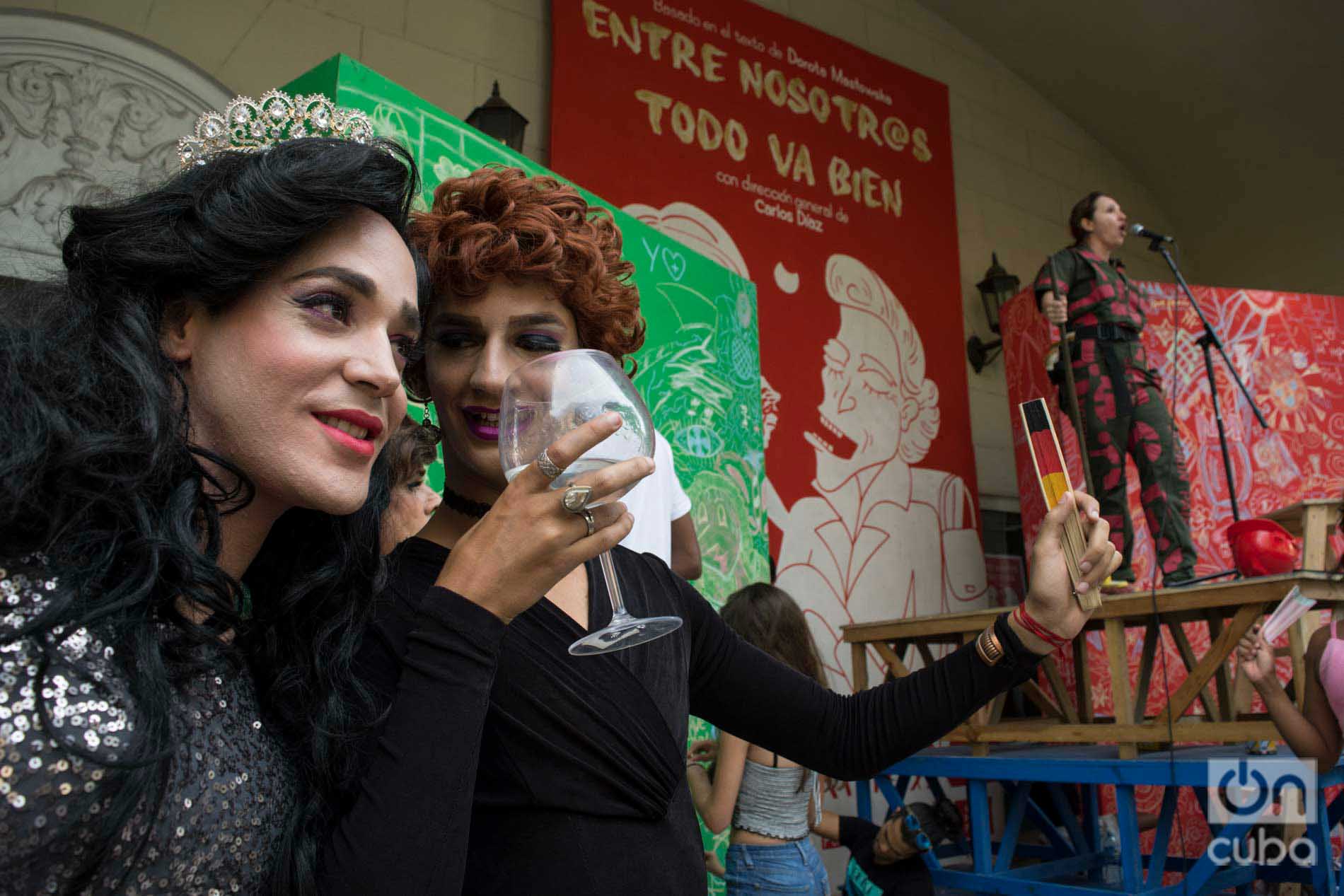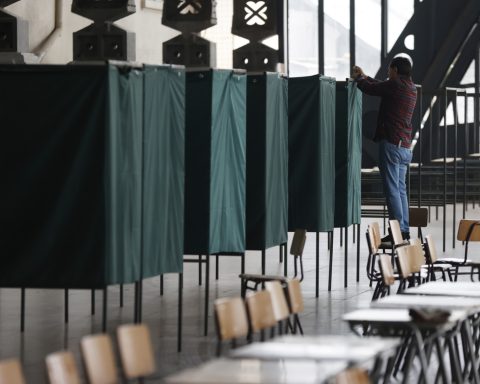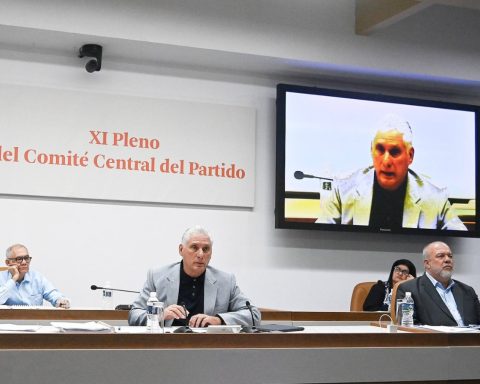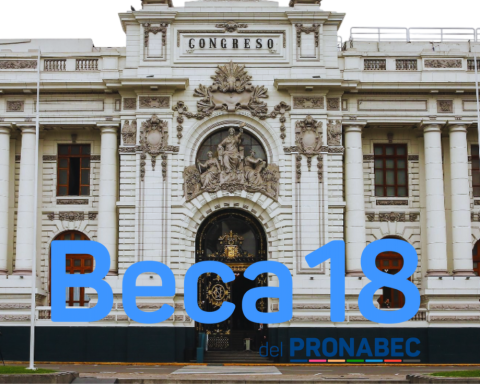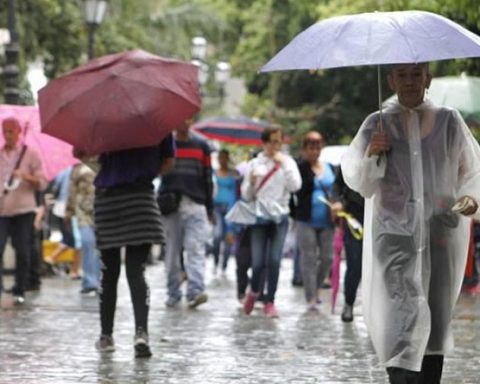In recent years, people have been talking about the so-called Linea Street Theater Circuit when referring to the facilities that are found in that central Havana street and its surroundings. The theater facilities located in Línea are the Mella Theater (former Rodi Cinema), the Trianón Theater (also a previous cinematographic installation) and the Raquel Revuelta Theater (called the Cultural Complex) in the space previously occupied by the Olimpic cinema.
In adjoining areas, such as Calzada entre A y B, is the Hubert de Blanck Theater Hall; On Calle 11 between D and E, at the end of the well-known Casona de Línea, the Adolfo Llauradó theater was inaugurated in 2003; on the corner of 5th and D streets was for years the headquarters of the enchanted deer; On 13th Street between J and I, occupying part of the Hebrew Community building, is the Bertolt Brecht Cultural Center, with two official spaces for presentations: the Café Teatro, in the Basement, and the Tito Junco Room on the first floor. , since 2008. El Ciervo Encantado has its current headquarters on Calle 18 between Línea and 11.
From time to time someone talks about the Calle Línea circuit with a view to establishing a hierarchy in the presentation of shows; hierarchy that in the end no one takes care of making a reality; meanwhile, those in charge of the issue of investments in maintenance and development of the facilities also state the circuit in question when they want to justify the use of a budget or the delay in a job. There could well be, instead of a single circuit to think about, several and diverse circuits of circulation and distribution of the shows, the same at the level of the capital, that of the main population settlements of the country; a well thought-out and organized programming structure for the dissemination and consumption of the scenic product that, of course, also functions as a platform for the presentation of various musical formats and genres.
But, if what drives behind the idea of the so-called Line Street Circuit are the experiences of Broadway, in New York, or Corrientes Street, in Buenos Aires it will be necessary to work on such a project with systemic thinking that includes certain issues of the infrastructure and operation of the city. These matters go through the terrestrial communication networks that should be established from various points of the capital with that area of El Vedado in question, the variety and number of gastronomic offer (tending to zero in the area that concerns us), in addition to examine the state of public lighting that, along this road artery, leaves much to be desired.
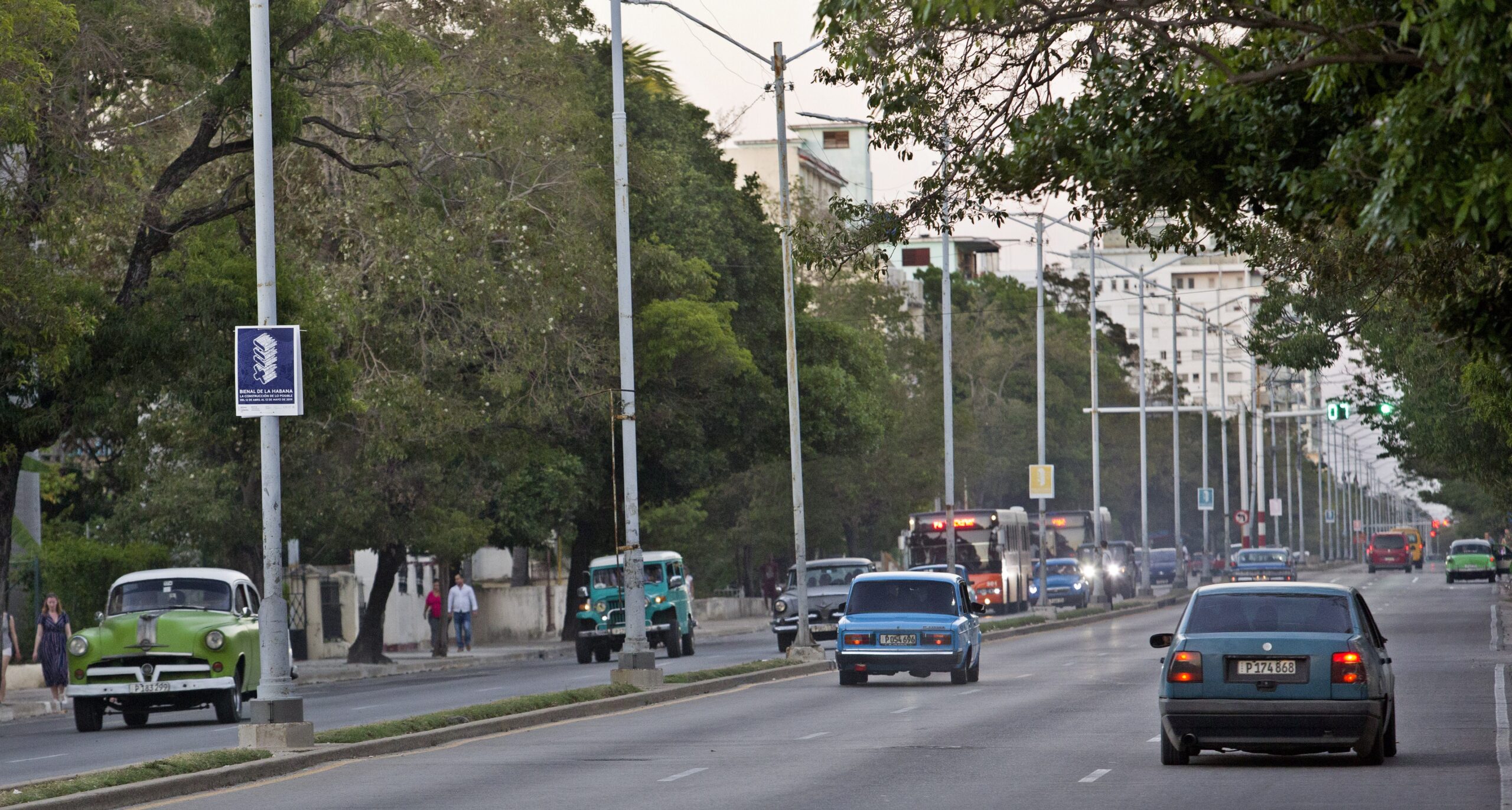
The idea of a first level circuit for the presentation of the shows would have to be analyzed in the light of the current cultural policy, since one of the fundamental principles that I recognize of it is free and massive access to culture, including artistic culture, which in past decades encouraged the diversification of cultural facilities in the largest number of territories, in addition to some specific cultural projects and actions such as, in the field of theatrical specialty, support for the Escambray Theater Group, from its emergence in 1968 and, later, to the rest of the groups that classified within the so-called New Theater movement (the Santiago Theater Council, the Teatrova, the Guantánamo Theater Council, the Cubana de Acero Theater Group, the Teatro Youth Pinos Nuevos, the Popular Participation Group).
After the creation of the Ministry of Culture in 1976, with Dr. Armando Hart as its head, new facilities were opened for theatrical presentations on the Island. This is the case of the Antonio Maceo Theater, in the old Normal School of Teachers of Havana. , in the Cerro municipality; the Casa de Comedias, in Callejón de Justiz, in Old Havana, with its Salón Essay (for experimental theater) and its Patio de Comedias, for outdoor performances; the Musical Theater of Havana, on the corner of Consulado and Virtudes, Centro Habana, which had three different stages of life from the sixties until well into the nineties; Very close by, in the old Verdún Cinema, the renowned playwright Eugenio Hernández led a group and, later, on Diez de Octubre, the Gilda Hernández room was opened.
In the theater for children to the room of the National Guiñol Theater, located in the basement of the FOCSA Building, on M Street between 17 and 19, in El Vedado, which opened its doors in 1963, it was joined by the Estany Santander Theater, headquarters of the El Galpón group, in the park demarcated by San Indalecio, Zapote and Santa Emilia streets, in the Santos Suárez neighborhood; the Sierra Maestra Cinema, with theater performances, where the Ismaelillo Group performed, in Boyeros; meanwhile, near the old League against Blindness, today the Pando Ferrer Hospital, La Casona de Marianao stood and the restless Bebo Ruiz performed in it and in the premises of the Municipal Library. At that time, and I would say that until recently, each space conquered for stage presentations meant a triumph, an advance in a crusade to spread theatrical art everywhere, especially because from the new system of administrative organization of the stage in Cuba, emerged in 1989, human resources far exceed the real possibilities of infrastructure.
Perhaps it was precisely a cut in material resources that gave rise to the Line Street Circuit, this attempt at a theatrical showcase in a certain area of El Vedado, who knows? For now, it is a half-talked-about issue, not subject to any judgment or discussion, which appears like some others, from time to time, in an environment where transparency and debate are scarce.
